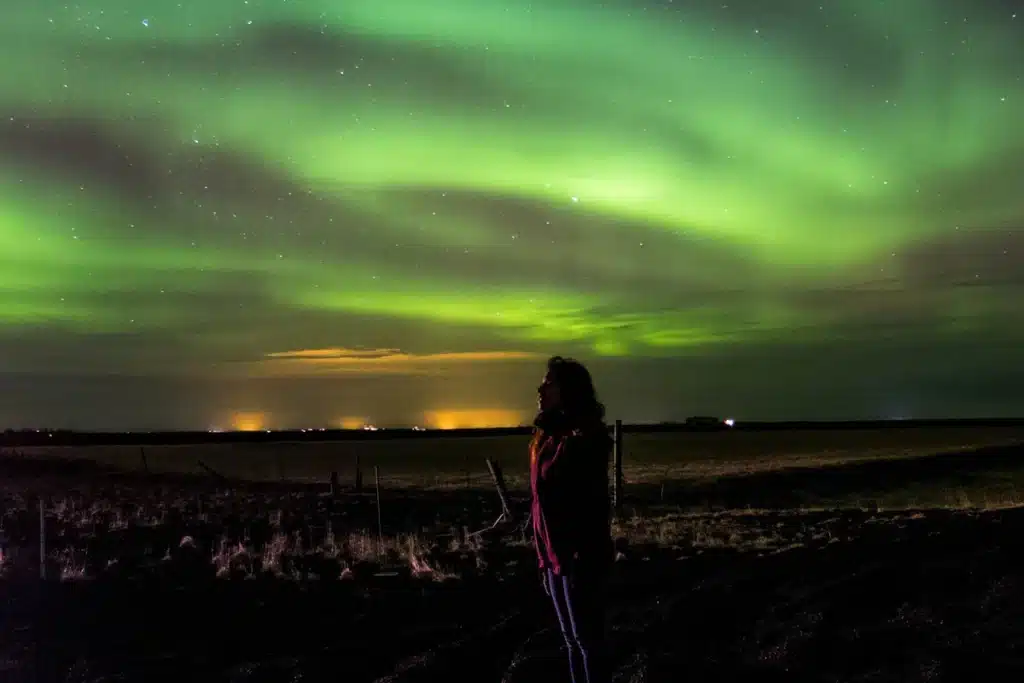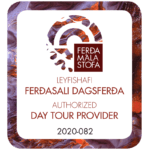Welcome to our guide on the Northern Lights, also known as the Aurora Borealis, one of the most mesmerizing natural phenomena on earth. We’ll provide you with detailed information on the best time and places to witness this magical display of lights, as well as tips on how to capture the perfect photos.
What are the Northern Lights?
The Northern Lights are a spectacular light show that occurs when charged particles from the sun collide with atoms in the Earth’s atmosphere. This collision causes the particles to release energy in the form of light, creating the colorful and dynamic display we know as the Aurora Borealis. The Northern Lights are visible in the polar regions, including Iceland, and they are usually green, pink, or purple.
When is the Best Time to See the Northern Lights in Iceland?
The best time to see the Northern Lights in Iceland is between September and April, during the dark and clear winter nights. However, the Aurora Borealis is a natural phenomenon, so it’s impossible to predict when and where it will occur. Your chances of seeing the Northern Lights increase the further north you go in Iceland, away from the light pollution of cities and towns.
Where are the Best Places to See the Northern Lights in Iceland?
There are many great places in Iceland to witness the Northern Lights. Some of the most popular ones include:
- Thingvellir National Park: This UNESCO World Heritage Site is located in southwestern Iceland, and it’s a great place to see the Northern Lights because of its dark and open landscapes.
- Reykjanes Peninsula: This is the southwesternmost part of Iceland and is known for its volcanic landscapes and geothermal areas. It’s a great place to see the Northern Lights because of its dark skies and stunning natural scenery.
- Vatnajokull Glacier: This is the largest glacier in Iceland, and it’s located in the southeastern part of the country. It’s an ideal location to see the Northern Lights because of its remote location and stunning views of the night sky.
How to Capture the Perfect Photos of the Northern Lights?
Capturing the perfect photos of the Northern Lights can be a challenge, but with the right equipment and settings, you can take stunning photos that will last a lifetime. Here are some tips for capturing the perfect photos of the Aurora Borealis:
- Use a tripod to keep your camera steady and avoid blurriness.
- Use a wide-angle lens to capture as much of the sky as possible.
- Set your camera to a high ISO (between 800 and 3200) to capture more light.
- Use a long exposure time (between 10 and 30 seconds) to capture the movement of the Aurora Borealis.
- Shoot in RAW format to capture more detail and colors.
In conclusion, witnessing the Northern Lights in Iceland is a once-in-a-lifetime experience that you don’t want to miss. With our guide, you now have all the information you need to plan your trip and see the Aurora Borealis in all its glory. Remember to check the weather forecast and the Aurora forecast before you go, and pack warm clothes, snacks, and drinks for your adventure. Happy hunting!


